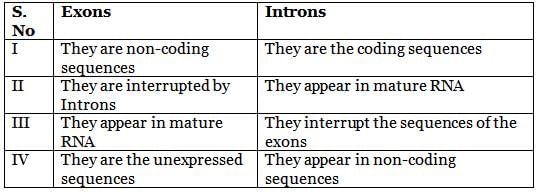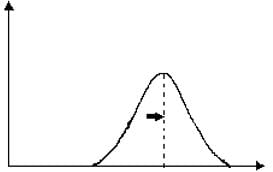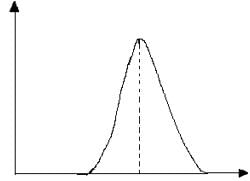Biology: CUET Mock Test - 9 - CUET MCQ
30 Questions MCQ Test CUET UG Mock Test Series 2026 - Biology: CUET Mock Test - 9
What is the advantage of using genetically engineered insulin over animal-derived insulin?
Which bacterium is used to produce human insulin in recombinant DNA technology?
What is the main challenge in producing insulin using recombinant DNA technology?
What was the first company to successfully produce human insulin using recombinant DNA technology?
Which of the following statements are correct?
(A) In a food chain, energy decreases as you move up trophic levels.
(B) Primary consumers are herbivores, and secondary consumers are carnivores.
(C) The detritus food chain begins with producers.
(D) The energy captured by producers is passed on to consumers through trophic levels.
(E) Trophic levels in a food chain represent the feeding position of organisms.
Choose the correct answer from the options given below:
Which of the following statements are correct?
(A) In an ecosystem, the primary producers capture solar energy and convert it into chemical energy.
(B) In an energy pyramid, the lowest trophic level contains consumers.
(C) The biomass pyramid in terrestrial ecosystems is always upright.
(D) In a grazing food chain, energy is transferred from producers to herbivores and then to carnivores.
(E) Phytoplankton in aquatic ecosystems are primary consumers.
Choose the correct answer from the options given below:
Which of the following statements are correct?
(A) The latitudinal gradient in species diversity shows that species diversity decreases as we move towards the poles.
(B) India is one of the top 12 countries with the highest species diversity in the world.
(C) Ecological diversity refers to the variety of ecosystems within a region.
(D) Species richness increases with decreasing area in a given region.
(E) Habitat loss and fragmentation contribute significantly to the loss of biodiversity.
Choose the correct answer from the options given below:
Which of the following statements are correct?
(A) Habitat destruction and fragmentation contribute to species loss by disrupting habitats.
(B) The introduction of invasive alien species always results in ecological harmony.
(C) Over-exploitation refers to the unsustainable harvesting of natural resources.
(D) Ex situ conservation involves the protection of species outside their natural habitat.
(E) In situ conservation involves the protection of entire ecosystems and their habitats.
Choose the correct answer from the options given below:
Who among Homo erectus used fire for hunting, protection, and cooking?
Who was known as the direct ancestors of homo sapiens?
Which of the following is not included in natural selection?
How many peaks are there in the disruptive selection?
How does shell pattern in limpets show disruptive selection?
Which of the following are properties of stabilizing selection?
Which of the following is the key difference between exons and introns?

|
39 docs|145 tests
|

















